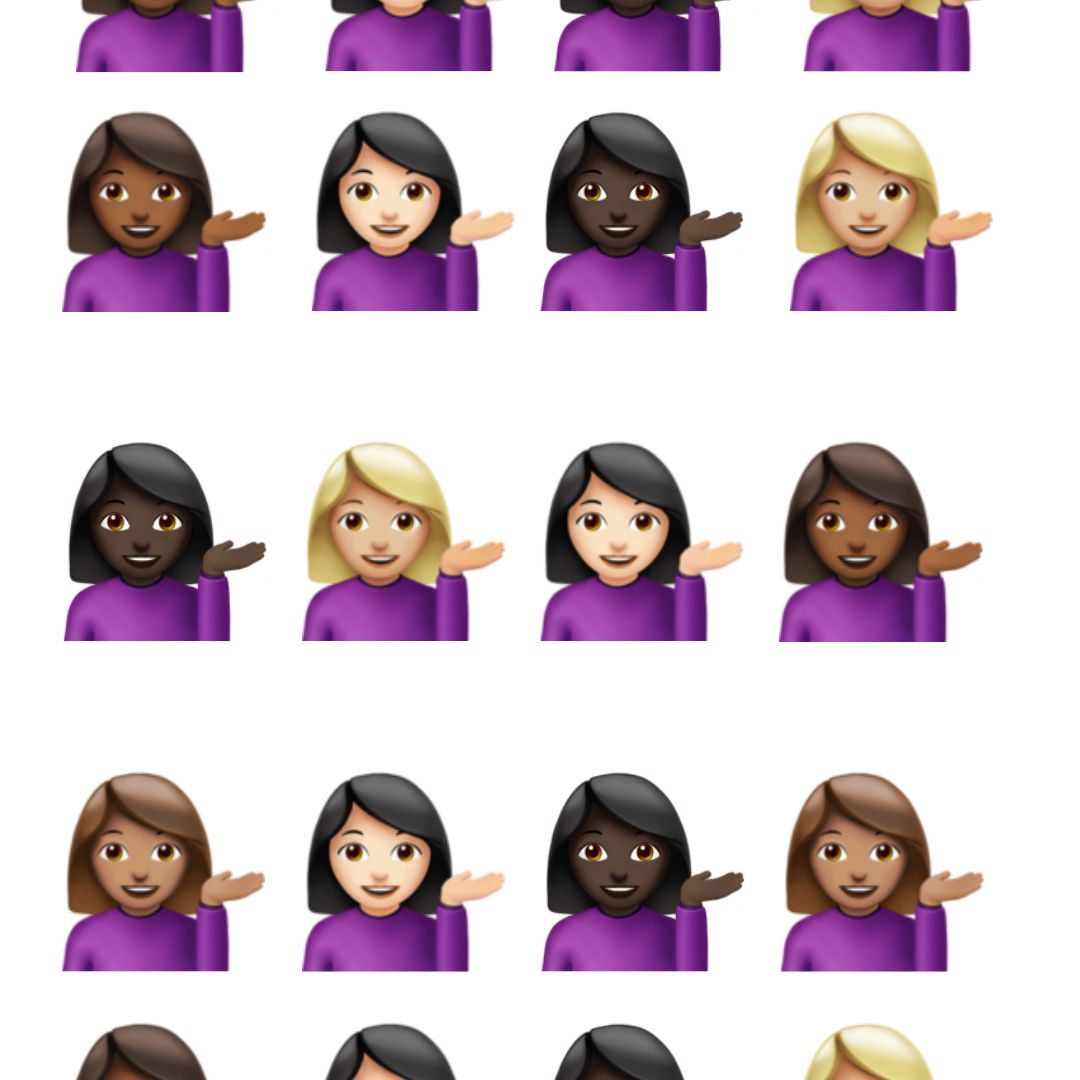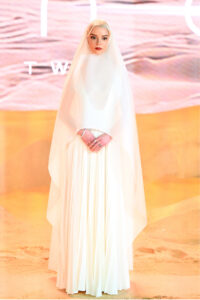GRAPHIC DESIGNER: IMANI EDWARDS
COPY EDITORS: SAMIRA BALSARA, EISHVINDER GILL
As a former fifth grader with minimal fashion sense, I can’t say that I was totally on board with the Abercrombie and Fitch t-shirt phase. Like Blackberry phones and silly bands, I at least understood that it was another form of exclusivity. A frivolous way to separate the normies from the popular kids; or in my case, another non-necessity that I had to beg my parents to buy. As a first-year fashion student that’s just learning the basics of the curriculum, the definition of gatekeeping would trigger instantaneous memories of my childhood. Call it full circle, I guess.
Gatekeeping in fashion has transgressed past Abercrombie and Fitch tees and winter UGGs. Nowadays, it’s an internet phenomenon. Social media has become the perfect breeding ground for exclusivity, as viewers can witness first-hand the latest “ins” and “outs.” Fashion has never been this exciting. With constant exposure to various core aesthetics, it seems like a cop-out to settle for the usual set of sweats—but that’s where the main issue lies. There’s a common belief held by influencers that unwillingness to get with the times is often associated with the “basic bitch aesthetic.”
For those unfamiliar with the term, the “basic bitch aesthetic” typically caters to clothing and accessories that follow major trends. This can include skinny jeans, infinity scarves, Aritzia Melina pants, and Nike Air Force Ones. In short, it usually entails styles that were popular during the mid-2010s and garments that you’d typically see on the streets. The “basic bitch” aesthetic has a negative connotation, as most associate it with “sheeple” fashion. Those who don’t practice it are considered creative, daring, and quirky. Why on earth would you settle for a NorthFace puffer jacket with sweatpants when you can opt for German techwear?
For most, the “basic bitch aesthetic” phenomenon isn’t so much problematic as it is annoying. It’s irritating to listen to snobbish fashion influencers dictate what’s in and what’s out. Funnily enough, the harmonious equality contextualizing the phrase “wear what you want” has transgressed into “wear what you want, but don’t be boring.” As a fashion student that’s relatively familiar with current trends, I often catch myself judging pedestrian wear with a haughty attitude. It’s a toxic trait I aim to dispel.
The bottom line is this: fashion is highly interpretational. We’ll never truly know what garments trigger that “aha!” response with people we don’t know. Haute couture, red carpet shows, and highly-stylized Instagram posts usually fuel the misconception that meaningful fashion should be bright, bold, and avant-garde – but that’s not always the case. Personally, the pieces that I often gravitate towards to up my confidence levels are a plain pair of bell-bottom jeans and Converse.
I can’t fully explain why they make me feel powerful, but both elements help me understand why I shouldn’t glare at “normie” fashion with such intensity.
Let’s not forget that “basic bitch” fashion and privilege are two sides of the same coin. Obviously, “mundane” clothing isn’t always associated with low-dollar brands, as most examples feature garments that are quite expensive. That said, having a $200 budget can be interpreted as penny-pinching. Not all of us can afford a pink Pralù ribbed cropped cardigan from Jacquemus, which costs an astounding $435.
Accessibility is another point to consider when arguing for the “basic bitch” aesthetic. High-end brands like Burberry, Diesel, and Giambattista Valli are quite hard to get ahold of. Don’t even get me started on international shipping, duties, and customs. Accessibility also relates to sizing and ableism as well. “Basic bitching,” while categorized as a cop-out for snobbish influencers, is often inclusive given its wide range of timeless garments. You may coin the iconic Burberry trench coat as an autumn-in-thing, but not all of us can participate in such a lavish expense, especially for those who often use a wheelchair. Coat tails are notoriously known to drag on the ground and get caught in the wheels of mobility aids.
Going outside of your bubble doesn’t have to entail a Princess Diaries-esque glow-up. Sometimes, it’s shown through a subtle colour change or shift in the hemline. Our relationship with fashion will always be personal. With that in mind, we’ll never know who’s exactly stepping out of their comfort zone with their choice of clothing. Given the vast amount of core aesthetics and whiplash-inducing fashion trends, aren’t we all participating in “basic bitch” fashion?
I look forward to the day when we all wear paper bag dresses and astronaut helmets as a way to deviate ourselves from “normie” culture.
























